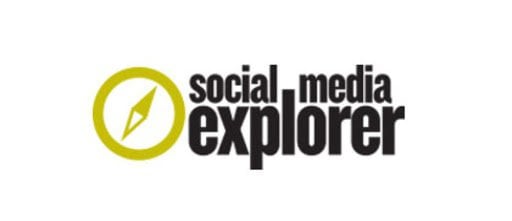
Businesses often do not put enough effort into their subject headings, especially for marketing campaigns. However, the subject line is by far the most important aspect of email marketing. It is a prime opportunity to target customers and force them to open the email.
One person that is more than aware of the power of the subject line is Nancy Harhut. As the chief creative officer of the Wilde Agency, Nancy is an expert in combining psychology with email marketing.
Nancy has held senior positions with Mullen, Digitas, and Hill Holliday. Furthermore, she and her teams have won more than 150 awards for their marketing expertise.
Today, Nancy talks about email marketing and psychology, and we focus on the subject line.
Nancy’s Best Practices for Subject Lines
Subject lines are a display and source of power for email marketers. They are what capture recipients’ attention and tell them why they should read the email. Therefore, this is one area that a marketer absolutely must focus on.
Keep It Short
One best practice Nancy shares is that the optimum length for subject lines is 35 characters or less.
She highlights how a vast majority of recipients reach emails on their mobile phones. Therefore, they need that entire subject line to display on their smaller screen. If the subject line is cut off, a marketer loses power.
Furthermore, Nancy advises putting the most important words at the front of that subject line, just in case the end is cut off.
Combine the Subject Line with Pre-Header for Maximum Power
The pre-header is the small snippet of text that shows up on an email server. It displays under the subject line, giving the recipient a quick idea of what the email is about. Nancy calls this the “one-two punch” opportunity. The pre-header can amplify the subject line.
Because subject lines should be 35 characters or less, the subject line and pre-header complement one another. The pre-header is powerful and should contain eye magnet words.
What are Eye Magnet Words?
Eye magnet words are those that have been scientifically proven to reach out to a customer and attract the human eye.
People naturally skim and scan text, but certain words are guaranteed to catch their attention.
A few magnet words Nancy highlights include:
- Free
- Thank You
- New
In fact, “free” is a word that increases the open rate of emails two times more than the use of “complementary.”
Nancy has written multiple pieces on eye magnet words. In fact, there is an infographic shared on the Wilde Agency that shares common eye magnet words and why they are powerful.
Adding a Layer of Personalization Speaks to That Customer
People like to feel noticed. Therefore, Nancy highlights how using a person’s name and personalizing the email adds more trust.
Any time a recipient’s name is added to the subject line, they will instantly notice and are more likely to open the email than if their name is not there.
In fact, Experian ran a test and found that they had a 29.3% increase in opening rates when they put the recipient’s name in the subject line.
Always Test the Name Theory First
Finding proper placement of the name is not easy. So Nancy recommends testing to see if a person’s name increases the open rate compared to other eye magnet words. She recommends checking whether the name in the lead position or after the eye magnet word is best – because target consumers are all different.
Whether you end up settling on names or eye-magnet words, either one should always appear at the front of the line.
Trigger the Information Gap and Close It
In email marketing, there is an information gap.
People want all of the details, and without those details, they are less likely to open the email. Nancy refers to the basic principles of journalism here, using the five “W” and one “H” – Who, What, When, Where, and How.
The subject line and the pre-header must answer these keys so that a recipient’s interest is piqued.
Trigger Words in the Subject Line
Trigger words are great because they give someone a feeling of urgency or exclusiveness. Nancy talks about the natural trigger words like “exclusive,” “proven,” “easy,” and “thank you.”
Harnessing the Power of the Subject Line is the Key to Success
When marketers see a decrease in their open rates, looking at their subject line could be the solution.
As long as they use trigger words, eye magnets, and personalize the subject line, as well as integrate the one-two punch of the pre-header, a marketer will enjoy email success.
Learn more about Nancy by following her blog on the Wilde Agency.
SME Paid Under












